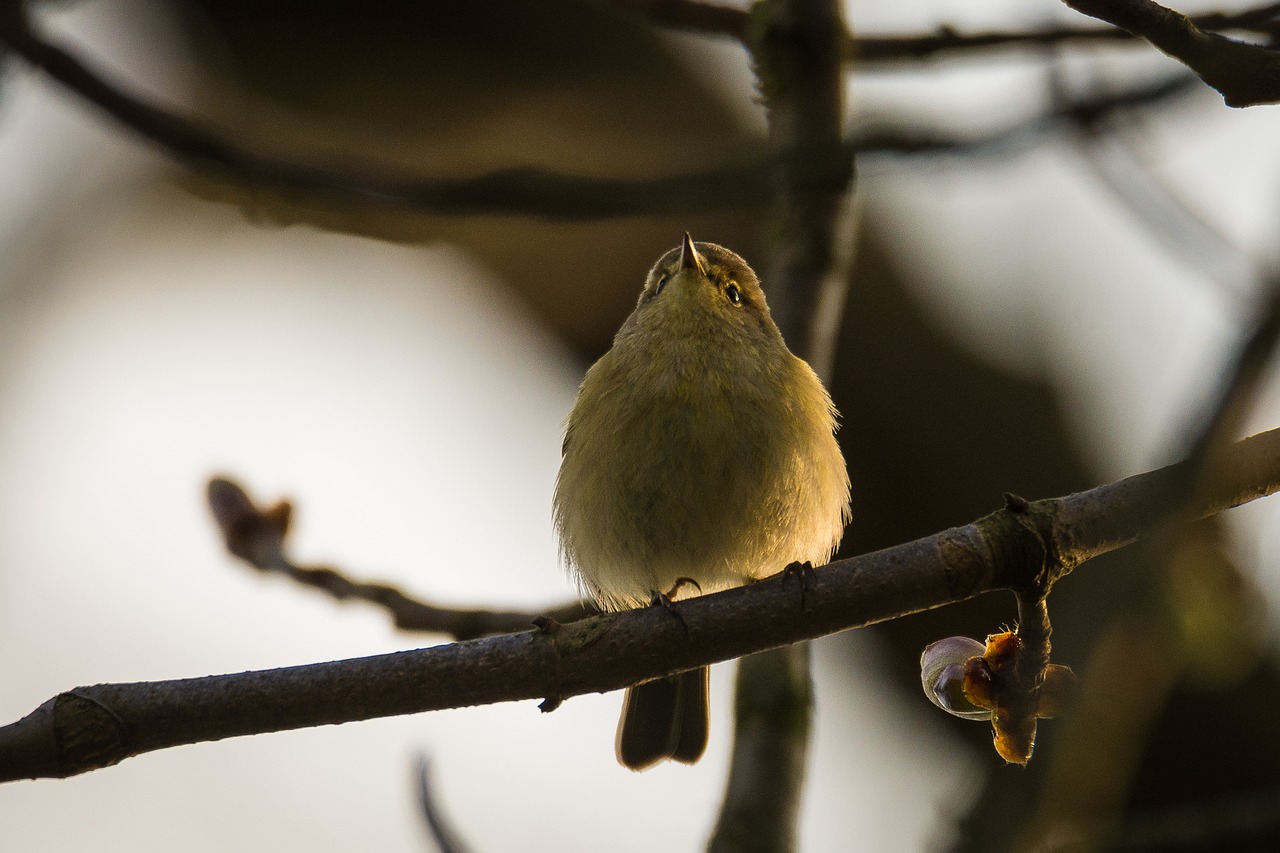The autumn migration of Willow Warblers Phylloscopus trochilus in Sweden: results from a nation-wide co-operative project
DOI:
https://doi.org/10.34080/os.v6.22980Keywords:
bird ringing, bird banding, ringing recoveries, bird observatory, population studies, biometrics, moult, age differencesAbstract
The result of a nation-wide co-operative project studying the autumn migration of Willow Warblers Phylloscopus trochilus in Sweden is presented. This involved 18 bird observatories and private ringers during 1988–1990, at both coastal and inland sites, with data on more than 36,000 birds analysed. Data on age, wing length, fat and body mass were collected in a standardised way, as was scoring of post-juvenile moult (used as a measure of juvenile age). Each bird observatory made a basic compilation of data into weekly averages, upon which the present analysis builds. The proportion of juveniles (93%) was much higher than expected (c. 75%), at both inland and coastal sites. Adults migrated a few days later than juveniles. There was no sex difference in the timing of migration in adults. Juveniles of Ph. t. acredula started migration at an earlier age (35–40 days old) than juveniles of Ph. t. trochilus (50–55 days old). Average wing length increased during the season at many sites, suggesting that birds belonging to the longer-winged Ph. t. acredula passed later in season. Juvenile energy stores were small during mid post-juvenile moult, but higher in the last moult stage, especially at coastal sites. Generally, Willow Warblers in Sweden in autumn carry only small to moderate fat loads, which supports earlier findings that the commencement of migration involves short flights. Conclusions on energy stores were based on data from visual fat score. Because both moulting and migrating birds occurred at most sites, and moulting birds have a different composition of their lean body, body mass does not reflect the seasonal changes in fat loads. Body mass averages of 8.2–9.3 g were similar to averages from other parts of northern Europe, but below the values reported for birds prior to trans-Sahara flights and maximum masses of birds in captivity.
Downloads

Downloads
Published
How to Cite
Issue
Section
License
The copyright of each contribution belongs to the author(s), but all contributions are published under a Creative Commons license, so that anyone is free to share and reuse the contribution as long as the copyright holder is attributed.







